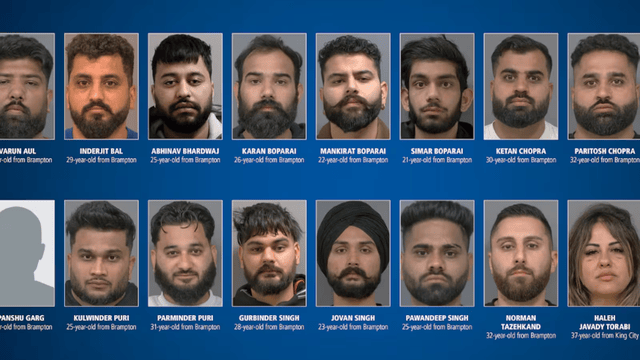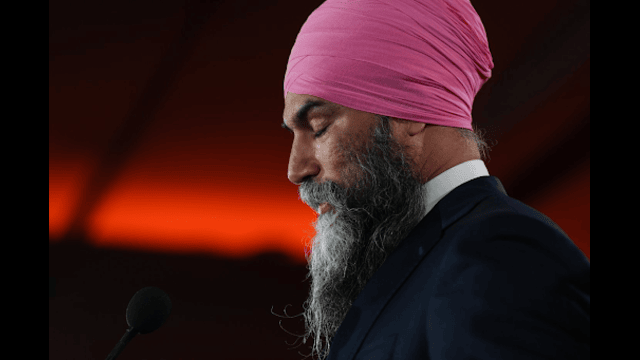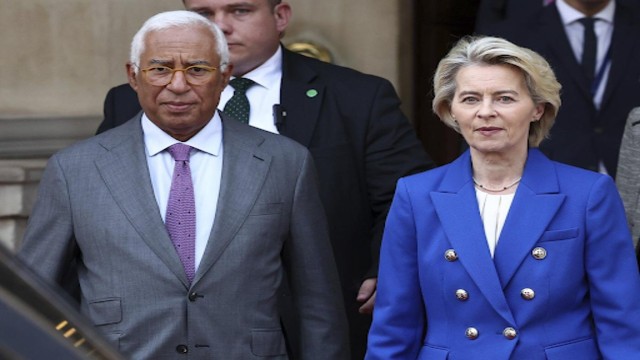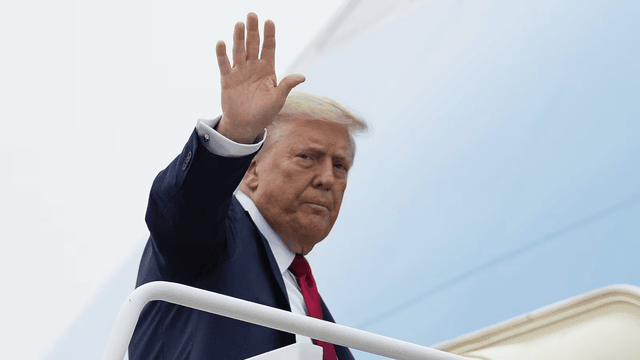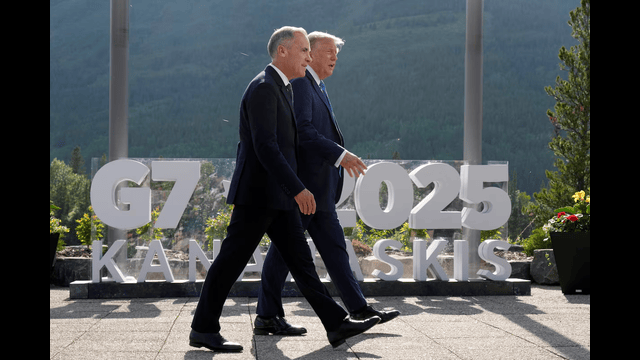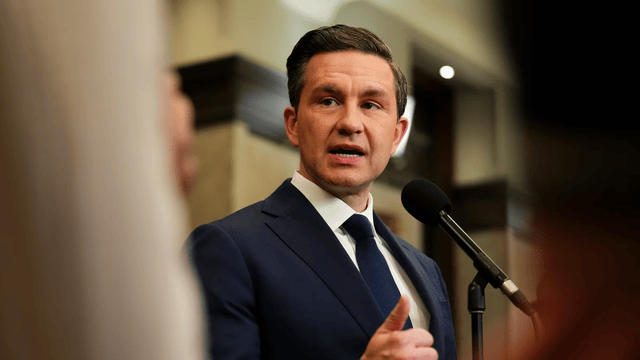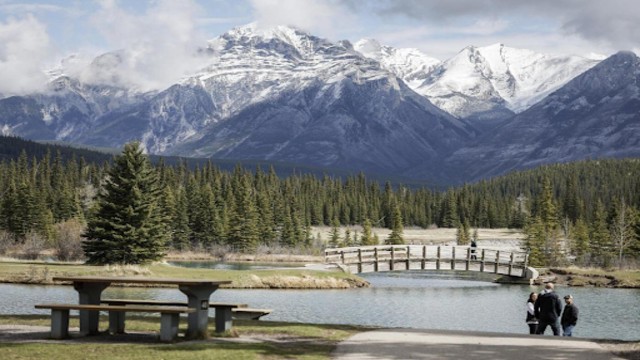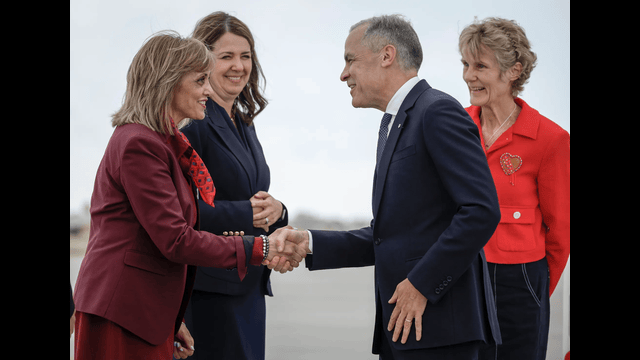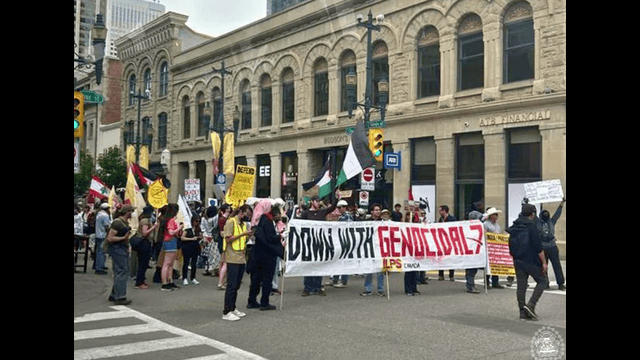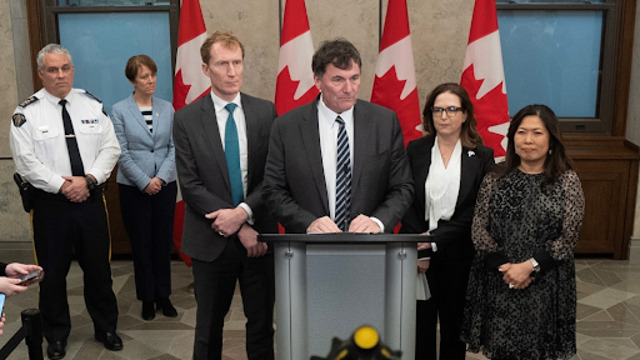
On Tuesday, December 17, 2024, in Ottawa, Dominic LeBlanc, Canada’s Minister of Public Safety, Democratic Institutions, Intergovernmental Affairs, and Finance, addressed the media. He was joined by ministers Marc Miller, Ya'ara Saks, and Mary Ng, who stood by his side during the announcement. (THE CANADIAN PRESS)
The Canadian government has introduced a new plan to enhance border security, which comes in response to U.S. President-elect Donald Trump's threat to impose a 25% tariff on all Canadian imports unless Canada takes action to stop illegal drug and migrant flow across the shared border. The government has set aside $1.3 billion in funding, though the exact distribution of the funds is yet to be disclosed.
Dominic LeBlanc, Canada's Finance and Intergovernmental Affairs Minister, who is also temporarily managing the public safety portfolio, emphasized the importance of the plan in addressing concerns about border security and integrity. He assured both Canadians and Americans that the government was taking steps to tackle border issues, noting that they had been in discussions with Trump’s team and were optimistic about the outcome. However, LeBlanc did not comment on whether Canada's efforts would guarantee that the country avoids the proposed tariffs.
LeBlanc revealed the new plan, which includes five core strategies to strengthen border security. These include disrupting the fentanyl trade, providing new tools for law enforcement, improving coordination across agencies, enhancing information sharing, and reducing unnecessary border traffic. The government proposes using advanced technology like AI and imaging tools to detect illegal drugs and deploying new canine units for border patrol.
The plan also outlines the creation of a new aerial task force. This would consist of helicopters, drones, and surveillance towers that would provide 24/7 monitoring between ports of entry. The government aims to expand intelligence collection capabilities and tackle issues like money laundering. Additionally, it plans to streamline information sharing between Canada and the U.S. and between various levels of government and law enforcement agencies.
The government is also looking to increase staffing at the border, with plans to hire 100-150 new personnel, including RCMP officers and Canada Border Services Agency (CBSA) staff. However, the union representing CBSA officers has expressed concerns about understaffing, claiming the agency would need between 2,000 and 3,000 more officers to function effectively. Despite this, LeBlanc has dismissed these concerns, citing a different stance from senior CBSA officials.
Provincial premiers have also voiced their opinions on the issue. Ontario Premier Doug Ford emphasized that all provincial and territorial leaders agree on the need to secure the border and increase defense spending to strengthen the relationship with the U.S. In contrast, Alberta Premier Danielle Smith has proposed specific measures, including a $29 million investment to create a team of sheriffs tasked with patrolling the Alberta-U.S. border. Quebec Premier François Legault, whose province sees the highest number of illegal crossings, mentioned that he had discussed the matter with Trump and was told that the tariffs could be avoided if Canada took necessary actions at the border.
The National Police Federation expressed support for the funding, welcoming the investment in the RCMP’s federal policing program, including border security. However, the opposition Conservative party criticized the government for not presenting the border plan earlier and called for more detailed discussions on how the funding would be used. Conservative leader Pierre Poilievre questioned the government’s spending plans, asking whether the program would be judged by its effectiveness or its cost.
As the holiday season approaches, the debate continues on how best to protect Canada’s borders while maintaining strong relations with the U.S. The government’s efforts are ongoing, and the coming months will likely see further developments.


